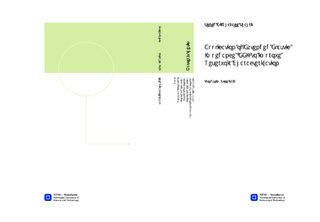Application of Extended Elastic Impedance (EEI) to improve Reservoir Characterization
Master thesis
Permanent lenke
http://hdl.handle.net/11250/240072Utgivelsesdato
2013Metadata
Vis full innførselSamlinger
Sammendrag
The Extended Elastic Impedance (EEI) as a seismic attribute was first introduced by Whitcombe (2002) as a method for fluid and lithology prediction. EEI is the application of angle rotation in the conventional acoustic impedance under certain approximation. It essentially works by projecting intercept and gradient together with different angles which highlights different features. EEI has capability to estimate elastic parameters such as S-wave impedance, Vp/Vs ratio, bulk modulus, shear modulus, Poisson`s ratio and so on. It also provides reservoir physical properties like porosity, clay content and water saturation.EEI is an interesting subject in Geosciences and is very useful seismic reconnaissance attribute. Its ability to predict fluids and lithology is well proven especially in the area where the acoustic impedance of gas saturated sands and surrounding shale are almost equal. This approach allows a better distinction between seismic anomaly caused by lithology and those caused by fluid content (hydrocarbon). In this study, the concept of extended elastic impedance inversion is used to derived petrophysical properties and distribution of reservoir facies to create relationship between these attributes and well log data. The results show that EEI is worthy effort to highlight the difference between reservoir and non-reservoir to identify hydrocarbon area.
